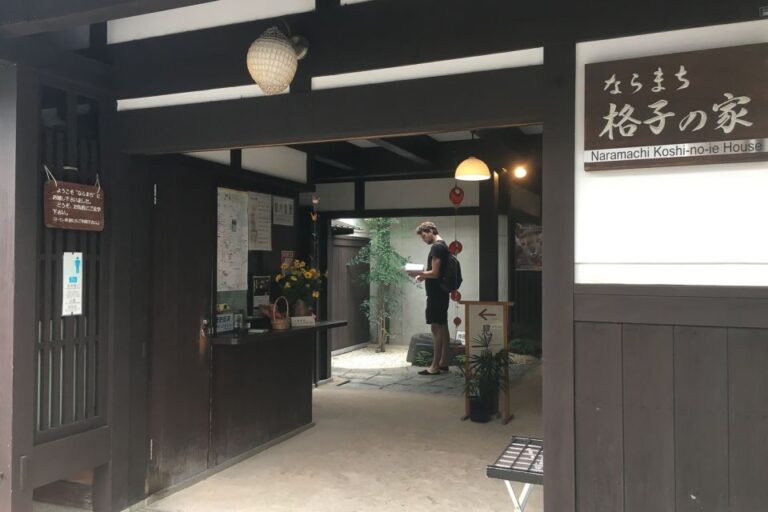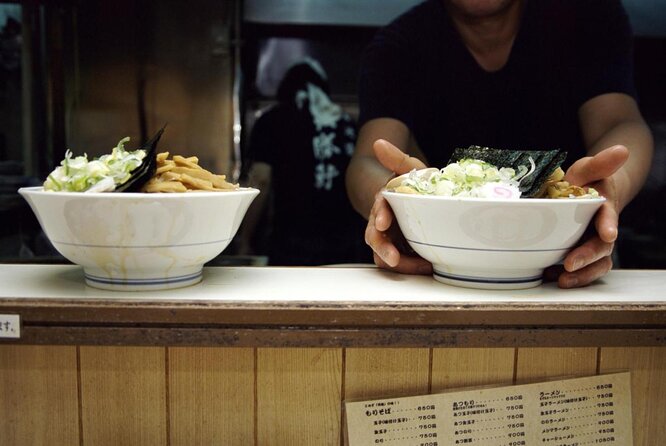Japanese Food Cooking at Home
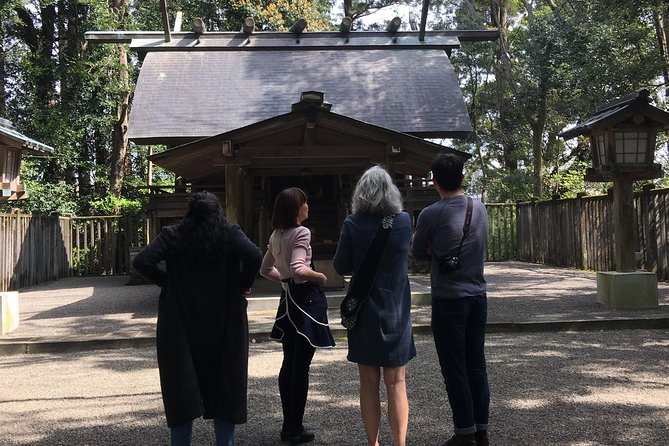
A recent survey revealed that 67% of people are interested in trying their hand at cooking Japanese food at home. With the rise of Japanese cuisine’s popularity worldwide, many are eager to replicate the authentic flavors and techniques in their own kitchens.
But where does one start? Understanding the essential ingredients, mastering the tools, and following step-by-step instructions are key to creating delicious Japanese dishes.
Stay tuned to uncover the secrets behind crafting a perfect bowl of ramen or mastering the art of sushi rolling in the comfort of your home.
Key Points
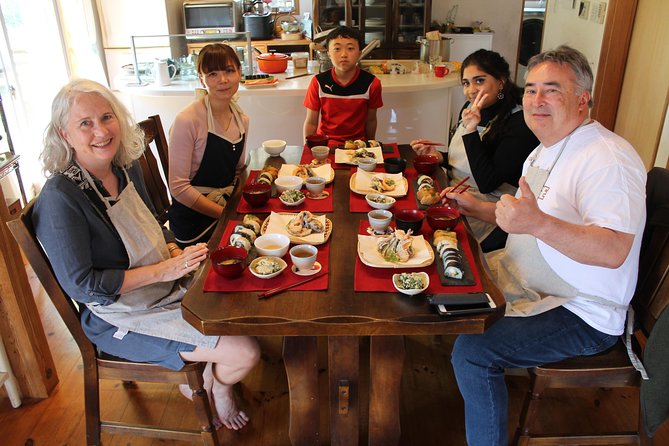
- Embrace traditional Japanese cooking techniques and culinary traditions.
- Use high-quality ingredients for authentic flavors at home.
- Master essential tools and equipment for a genuine Japanese cooking experience.
- Experiment with different ingredient combinations to capture the essence of Japanese cuisine.
It's also worth checking out some other tours and experiences nearby.
Traditional Japanese Dishes to Try

Traditional Japanese cuisine offers a delightful array of flavors and textures that are a must-try for any food enthusiast. Japanese cooking techniques hold deep cultural significance, with each method carefully preserving the integrity of the ingredients. These methods include grilling, steaming, simmering, and raw preparations like sashimi.
Regional variations in Japan result in diverse culinary traditions, each showcasing unique dishes influenced by local ingredients and preferences. Seasonal ingredients play a crucial role in Japanese cooking, with chefs utilizing the freshest produce to enhance dishes’ flavors.
From the delicate balance of flavors in Kyoto’s Kaiseki cuisine to the heartiness of Hokkaido’s seafood dishes, exploring the regional variations of traditional Japanese dishes promises a culinary adventure rich in history and taste.
Essential Ingredients for Japanese Cooking
When preparing Japanese dishes at home, essential ingredients are crucial for authentic flavors and traditional recipes. To achieve the authentic taste of Japan, one must have the following Japanese pantry essentials and master various cooking techniques:
- Japanese Pantry Essentials:
- Soy Sauce: A fundamental ingredient used for seasoning and marinating in Japanese cuisine.
- Mirin: A sweet rice wine that adds a subtle sweetness to dishes like teriyaki and tempura.
- Dashi Stock: A flavorful broth made from kombu (kelp) and bonito flakes, essential for soups and sauces.
Tools and Equipment Needed
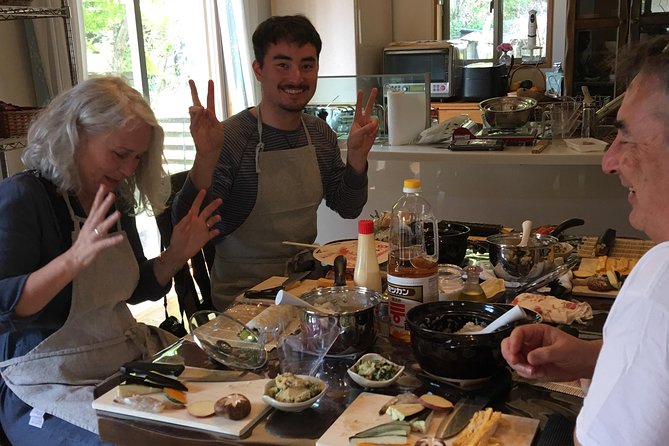
To prepare Japanese dishes at home successfully, having the right tools and equipment is key to achieving authentic flavors and mastering traditional recipes. Essential cooking utensils like a sharp chef’s knife, bamboo rolling mat for sushi, and a traditional Japanese mortar and pestle for grinding sesame seeds are fundamental.
Kitchen gadgets such as a rice cooker, mandoline slicer for precise cuts, and a tamagoyaki pan for making rolled omelets are also helpful. Understanding culinary techniques like proper rice washing, precise cutting for sashimi, and mastering dashi broth preparation are crucial for authentic flavors.
Adaptation to recipe variations, such as adjusting seasoning levels or exploring regional ingredient substitutions, can further enhance the culinary experience.
Step-by-Step Cooking Instructions
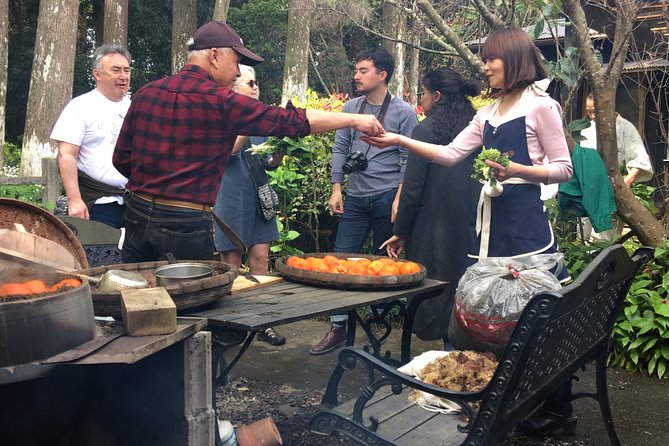
For successful preparation of Japanese dishes at home, having the proper tools and equipment is essential to achieve authentic flavors and master traditional recipes.
-
Master Cooking Techniques: Understanding traditional Japanese cooking techniques like simmering (nimono), grilling (yakimono), and deep-frying (agemono) is crucial for authenticity.
-
Embrace Japanese Culinary Traditions: Incorporate elements of Japanese culture into your cooking, such as using seasonal ingredients and presenting dishes beautifully.
-
Consider Taking Cooking Classes: Enrolling in Japanese cooking classes can provide hands-on experience, guidance from experts, and a deeper understanding of the cuisine.
Tips for Authentic Japanese Flavors
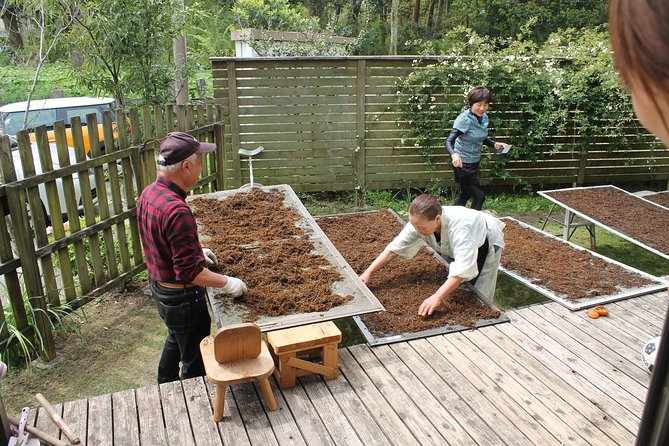
To enhance the authenticity of Japanese flavors in your homemade dishes, focus on sourcing high-quality ingredients from local Asian markets or specialty stores.
Authentic Japanese flavors are achieved through the meticulous use of traditional Japanese cooking techniques and flavor combinations.
When preparing Japanese dishes, consider using ingredients like miso paste, soy sauce, mirin, dashi stock, and rice vinegar to infuse that distinct umami taste.
Incorporating ingredients such as seaweed, bonito flakes, and sesame seeds can further enrich the depth of flavor in your dishes.
Experiment with different combinations of these elements to create dishes that truly capture the essence of Japanese cuisine.
Frequently Asked Questions
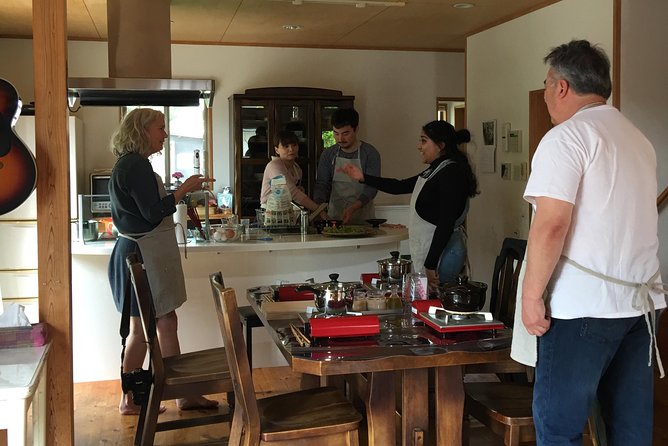
Can I Request a Vegetarian or Vegan Option for the Cooking Class?
Yes, they can request a vegetarian or vegan option for the cooking class. The chef accommodates plant-based alternatives with culinary creativity. Ingredient substitutions are used to create flavorful plant-based dishes, ensuring a delicious and satisfying experience.
Is the Cooking Class Suitable for Beginners With No Prior Cooking Experience?
For beginners with no prior cooking experience, the class is suitable. They will learn basic cooking techniques, simple recipes, ingredient substitutions, and flavor profiles. It’s a practical and informative experience for those starting out.
Are There Any Age Restrictions for Participating in the Cooking Class?
There are no age restrictions for participating in the cooking class. Child participation is allowed with parent supervision. Senior citizens can join regardless of cooking skills. The experience is inclusive for all ages and skill levels.
Can I Bring My Own Ingredients or Cooking Tools to the Class?
When it comes to ingredient preferences and cooking techniques, participants may not bring their own ingredients or cooking tools to the class. Tool customization and recipe adjustments are typically handled by the instructor.
Is There a Dress Code or Specific Attire Required for the Cooking Class?
There is no specific dress code for the cooking class, but it’s recommended to wear comfortable attire. It’s important to be respectful of cultural norms and expectations. Embracing Japanese customs like removing shoes indoors can enhance the experience.
Recap
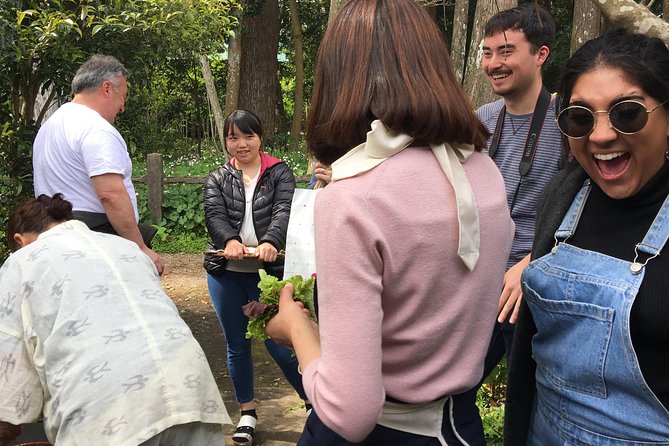
To sum it up, cooking traditional Japanese dishes at home is a rewarding experience that allows you to explore the rich flavors and cultural heritage of Japan.
By following step-by-step instructions and using essential ingredients and tools, you can create authentic and delicious meals right in your own kitchen.
With a little practice and attention to detail, you can bring the taste of Japan into your home and enjoy a culinary journey like no other.
Happy cooking!



